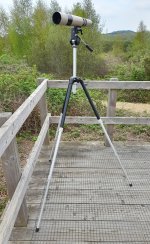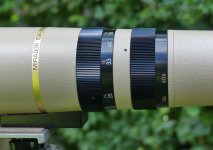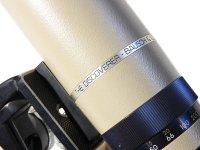Hello Everyone
I have a Mirador 1560 15-60×60 in nice condition. It is practically identical to the Bausch and Lomb Discoverer 15-60x60.

My Mirador 1560 15-60x60.

The Discoverer. Bausch and Lomb 15-60x60.
My question and thoughts are, I also had a Swift Telemaster 15-60x60 spotting scope back in the early 1980's. Do you think there is much difference in the optics considering they are probably all manufactured in Japan. They are all similar in dimensions and construction, apart from the focusing recess wheels on the Swift.

I think for their age the optics are very good, obviously except at a higher magnification. But what scopes don't suffer from that nowadays, unless it's your top end scopes.
I look forward to hearing about your thoughts. Thank you for your time.
I have a Mirador 1560 15-60×60 in nice condition. It is practically identical to the Bausch and Lomb Discoverer 15-60x60.


My Mirador 1560 15-60x60.

The Discoverer. Bausch and Lomb 15-60x60.
My question and thoughts are, I also had a Swift Telemaster 15-60x60 spotting scope back in the early 1980's. Do you think there is much difference in the optics considering they are probably all manufactured in Japan. They are all similar in dimensions and construction, apart from the focusing recess wheels on the Swift.

I think for their age the optics are very good, obviously except at a higher magnification. But what scopes don't suffer from that nowadays, unless it's your top end scopes.
I look forward to hearing about your thoughts. Thank you for your time.
Last edited:





